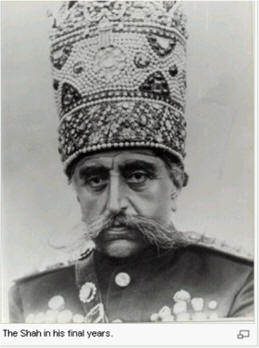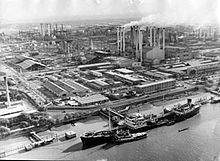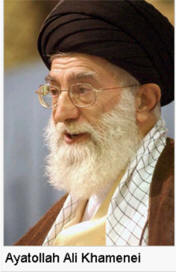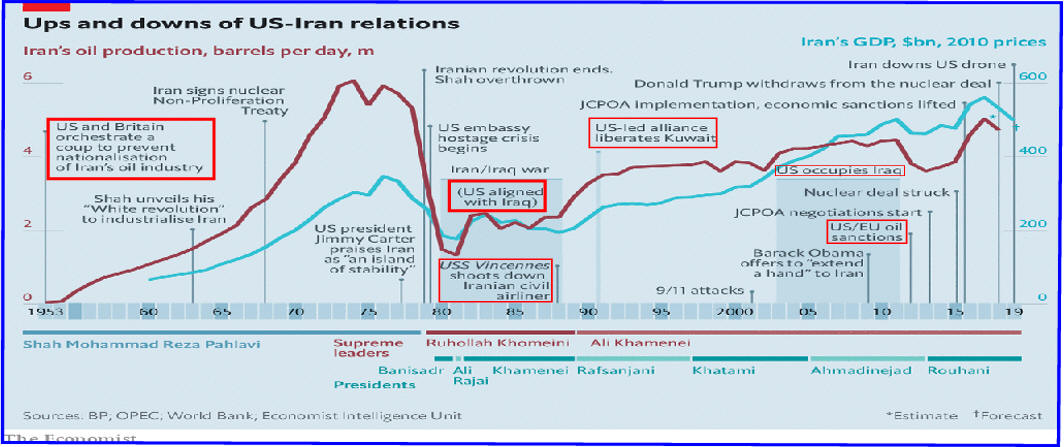Iraq's weaponry had been purchased
from the Soviet Union and its satellites the preceding
decade. During the war, it purchased billions of dollars worth
of advanced equipment from the Soviet Union, France, China,
Egypt, and Germany. Western countries, among them United Kingdom,
France, Spain, Italy, and the United States, provided Iraq with
biological and chemical weapons technology and the precursors to
nuclear capabilities.
The U.S. sold Iraq war helicopters worth $200 million. These
were the only direct U.S.-Iraqi military sales and represented about
0.6% of Iraq's conventional weapons imports during the war.
However, on June 9, 1992, Ted
Koppel of ABC Nightline reported "It
is becoming increasingly clear that George Bush Sr., operating
largely behind the scenes throughout the 1980's, initiated and
supported much of the financing, intelligence, and military help
that built Saddam's Iraq [into an aggressive power]" And
“Reagan/Bush administrations permitted — and frequently
encouraged — the flow of money, agricultural credits, dual-use
technology, chemicals, and weapons to Iraq.”


 APOC controlled all Iranian oil
and was renamed the Anglo-Iranian Oil Company (AIOC)
in 1935. By 1950,
APOC controlled all Iranian oil
and was renamed the Anglo-Iranian Oil Company (AIOC)
in 1935. By 1950,
 The Shaw,
The Shaw,
 Khatami was re-elected in June of 2001, but
his efforts were repeatedly blocked by the
religious
Khatami was re-elected in June of 2001, but
his efforts were repeatedly blocked by the
religious
 Iran
has superseded the US as the most influential
power in Iraq, according think tank
Iran
has superseded the US as the most influential
power in Iraq, according think tank




